Begonia always blooming - planting, care and propagation of plants
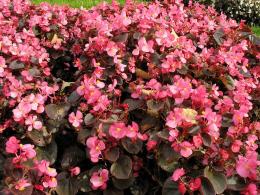
Over the past few years, in any park, square or city garden, you can see a flower-strewn plant with green or green-burgundy leaves in the flowerbeds from spring to autumn. This flowering plant is called always-blooming begonia, and it is for this property that it has become loved by city landscaping services and amateur gardeners alike.
Content:
- What is a plant
- Plant preferences in care and maintenance
- Begonia propagation
- Planting seedlings in open ground
What is a plant
For the time being begonia was a houseplant, but then through breeding work involving several hybrids of this plant, a begonia was bred that always blooms. From the name it is clear that this plant is loved by a lot of people because the flowers on it can be seen almost throughout the year! And, you see, it’s not often that such a flower can be found in our latitudes.
Begonia belongs to perennials, but in our climate in open spaces it is still grown as an annual plant, because it is not able to survive frosts in winter.
The bushes of the plant are not tall: about 20-30 cm, compact, which allows them to be grown in flower beds outside and planted in flower pots to be kept as an indoor plant.
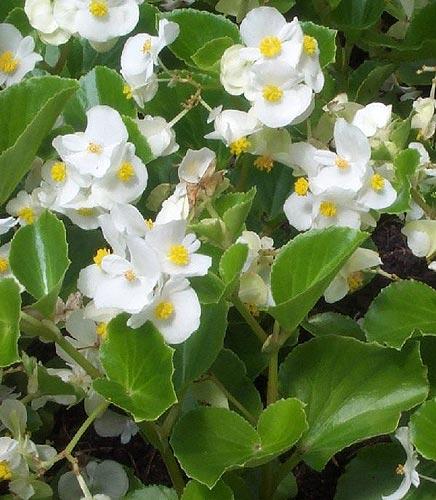
The stems and leaves of begonias are very juicy.It blooms with pink, white, and red flowers, but there are varieties with multi-colored petals. Begonia seeds are very, very small: in one gram you can count up to 90 thousand seeds!
Plant preferences in care and maintenance
Begonia is a very moisture-loving plant. She prefers to grow not in direct sunlight, but in partial shade. Although today you can find varieties that can withstand high temperatures, low humidity levels, and tolerate freezing down to zero degrees. Ordinary begonias, of course, are not capable of such feats.
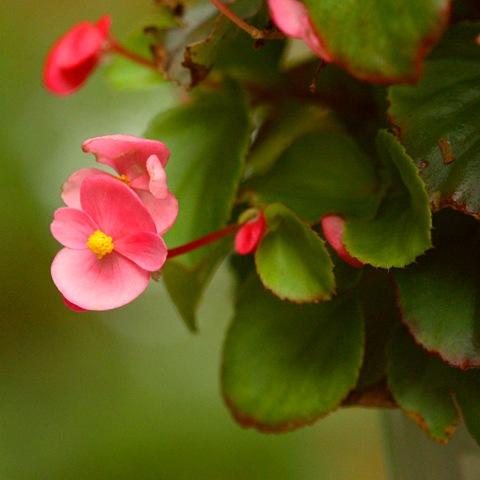
For begonias to grow and bloom safely, they need:
- soils with neutral acidity are optimal, but can grow on any other soils except clayey and very heavy ones;
- if the soil is heavy, then you can improve it for planting begonias by adding peat, sand or humus, thereby making the soil more nutritious and lighter;
- for plants grown in containers or pots, it is necessary to lay a layer on their bottom drainage;
- a sufficient amount of indirect sunlight allows plants to form compact bushes rather than stretch out;
- If the soil is very wet, you need to raise the flower beds to plant always-blooming begonias.
Begonia propagation
Although begonia seeds are too small, the plants still successfully reproduce by seed. But it is more convenient to use this method in the presence of greenhouses. If you grow begonias at home, it is easier and more reliable multiply plants by cuttings.
For example, terry varieties of begonias generally need to be maintained only by propagation through cuttings, because terry is not preserved when propagated by seeds.
If you decide to use seeds, you will need to sow them in January. Then, already in May, after planting in the ground, you will be able to admire the flowering plants. For home use as a potted crop, seeds can be sown in February-March, when there is already more natural light.
Planting seedlings in open ground
- Like many other flower crops, begonia seedlings can be planted in the ground when nature does not present surprises in the form of night frosts, and this is approximately May-June.
- Before transplanting into flower beds, containers with seedlings need to be watered thoroughly. This will soften the earthen lump and not damage the delicate roots of young plants.
- Elongated seedlings should be pruned to prevent rapid flowering and deterioration in the appearance of the flower garden.
- It is recommended to plant seedlings about 1-2 cm deeper than they were planted in the seedling container. This method of planting gives a good growth of new roots.
- Seedlings for pots and balcony boxes are planted tightly, neighboring plants should touch each other with their leaves.
- A week after planting, the plants will need to be watered abundantly and fed with nitrogen. fertilizers a couple of times in the first two weeks at a permanent place.
If you need to quickly get a flowering flowerbed, you can plant seedlings close to each other - 8-10 cm between each adjacent one. But if you want to wait a little and let the begonia grow, then you can make the distance larger - from 15 to 30 cm.
If you have space indoors for the winter, ever-flowering begonias can be dug up, planted in containers and grown as an indoor crop until spring. In spring, the plants are again planted in the flowerbed in open ground.
Common pests of begonias include aphids, thrips, whiteflies, nematodes, scale insects and false scale insects.

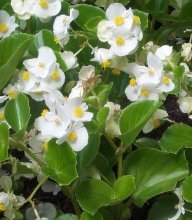
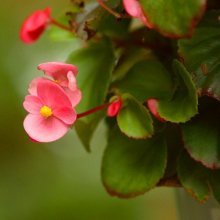
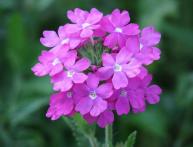
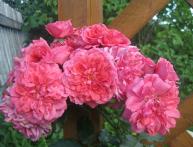
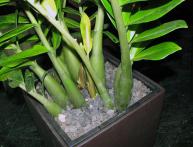

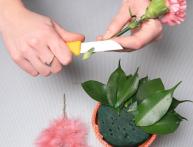
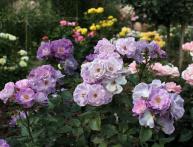


Comments
I have begonia growing at home. A very unpretentious plant, and also grows quickly. Propagates easily - by cuttings.